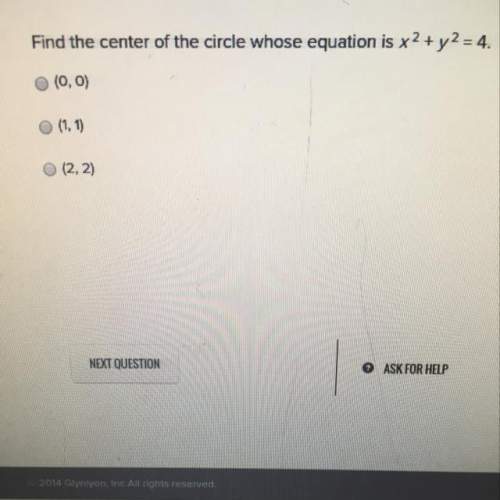
Mathematics, 17.04.2020 02:25 tykeria58
One urn, U1, contains one blue ball (labeled B1) and three red balls (labeled R1, R2, and R3). A second urn, U2, contains two red balls (labeled R4 and R5) and two blue balls (labeled B2 and B3). An experiment is performed in which one of the two urns is chosen at random and then two balls are randomly chosen from it, one after the other without replacement. (a) Construct the possibility tree showing all possible outcomes of this experiment.

Answers: 2


Other questions on the subject: Mathematics

Mathematics, 21.06.2019 13:00, sanchez626
In triangle abc segment de is parallel to the side ac . (the endpoints of segment de lie on the sides ab and bc respectively). find de, if ac=20cm, ab=17cm, and bd=11.9cm;
Answers: 1

Mathematics, 21.06.2019 15:30, nsuleban9524
Astore manager records the total visitors and sales, in dollars, for 10 days. the data is shown in the scatter plot. what conclusion can the store manager draw based on the data? question 3 options: an increase in sales causes a decrease in visitors. an increase in sales is correlated with a decrease in visitors. an increase in visitors is correlated with an increase in sales.
Answers: 1


Mathematics, 21.06.2019 19:20, Courtneymorris19
Which of the following is the result of expanding the series
Answers: 1
You know the right answer?
One urn, U1, contains one blue ball (labeled B1) and three red balls (labeled R1, R2, and R3). A sec...
Questions in other subjects:


History, 18.12.2019 07:31







Biology, 18.12.2019 07:31

Engineering, 18.12.2019 07:31




